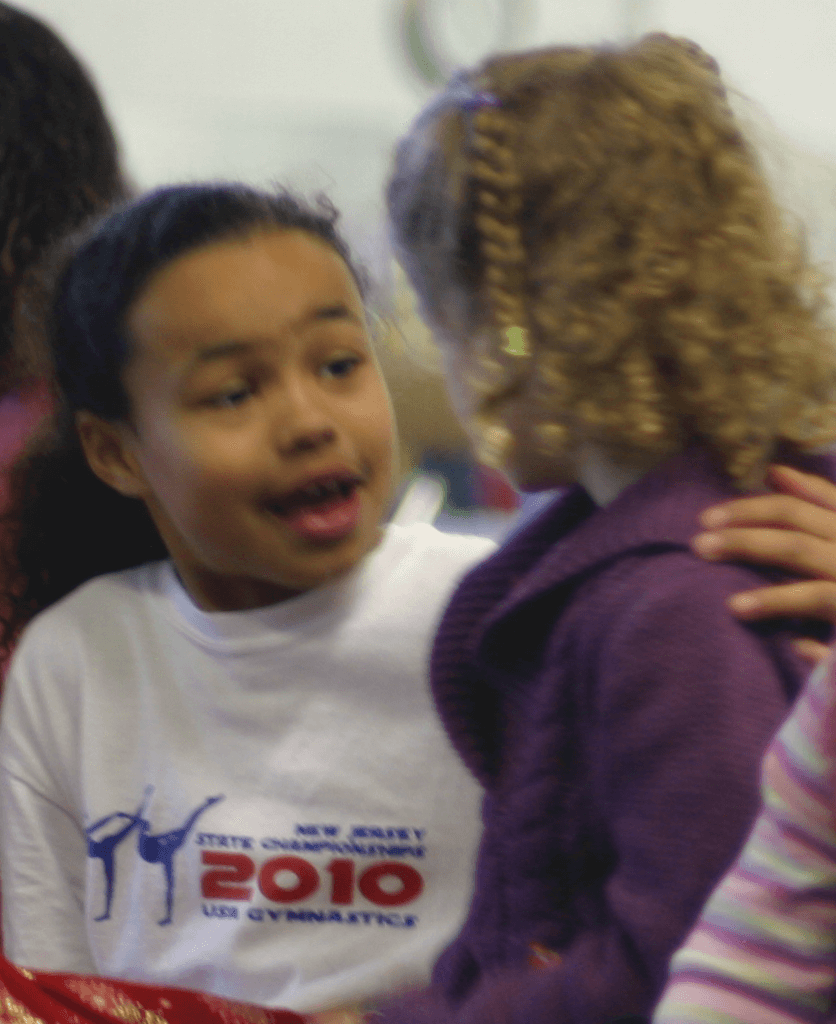
“Someone to tell it to is one of the fundamental needs of human beings.”
—Miles Franklin, Childhood At Brindabella: My First Ten Years, 1954
Miles Franklin
Meetings of every kind offer these opportunities. When I walk into our tiny town rural post office, I sometimes see folks for whom a conversation about almost anything with the sole postal worker is clearly important. Perhaps that customer will have little or no other human contact that day. What is talked about is far less important than the act of telling.
Personal meetings like these, whether brief or extended, between good friends or strangers, are fundamental. Many of us are lucky enough to have “someone to tell it to”, though some do not.
Someone to tell it to at conferences
Conferences, whether in-person or online, are also potential arenas for conversations. They are places for participants — who have something in common with each other — to find someone to tell it to. Even if the teller believes that they weren’t fully heard, the act of telling is valuable. (Otherwise, people wouldn’t journal and practice self-affirmations.)
But some conferences offer better opportunities than others. Traditional events relegate conversations to the hallways, to breaks and socials. No conversations occur during lectures. Even post-presentation Q&As rarely evolve into a conversation, which is always between the presenter and a succession of audience members.
Given the fundamental human need to tell, meeting stakeholders owe it to participants to create opportunities and environments for rich conversations in the sessions, rather than just the gaps between them. I have been doing this for 32 years, and it’s clear that meeting designs that integrate meaningful conversations into sessions have a transformational effect on almost all participants. (Read any of my books to learn specific techniques and designs that create meaningful and valuable conversations during meeting sessions.)
In 2006, Cory Doctorow wrote: “Conversation is king. Content is just something to talk about.” Content is everywhere, but conversations require tellers and listeners. While telling something to ourselves is better than nothing, it doesn’t compare to telling it to and being heard by another human.
Let’s give attendees the priceless gift of someone to tell it to at our events.
Children listening to each other image (cropped) by J. Verkuilen, licensed under (CC BY 2.0)
